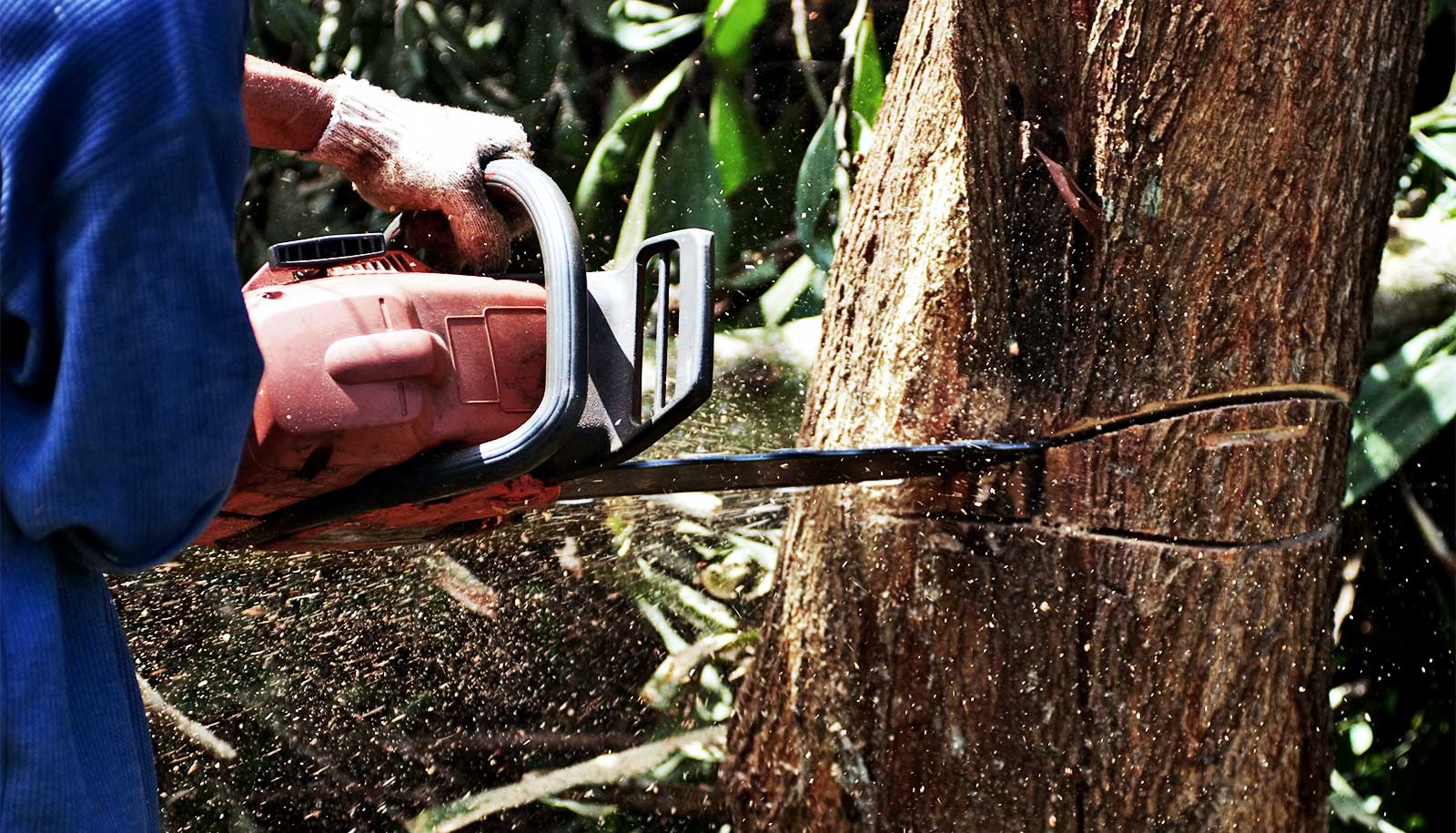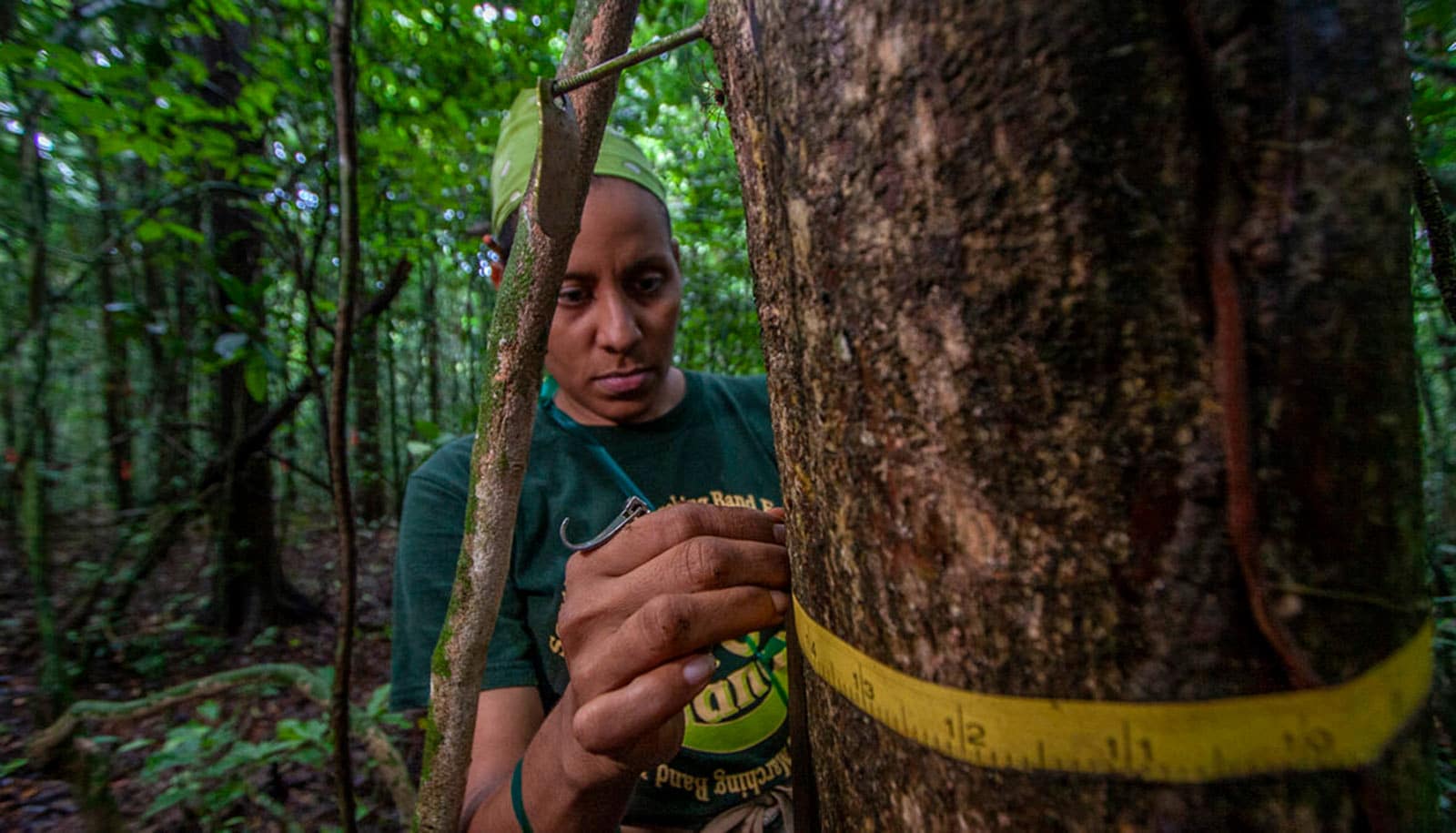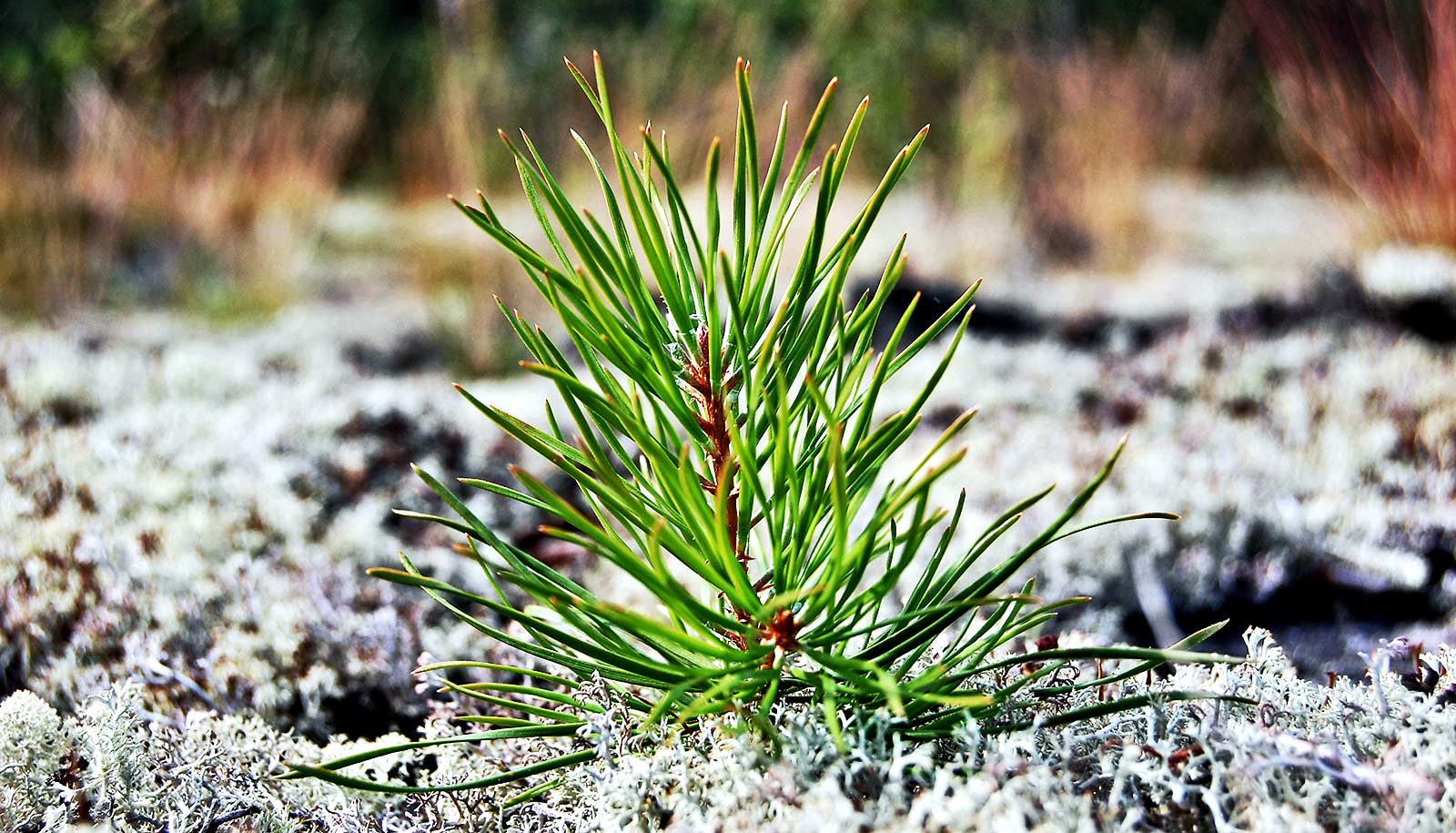Actively restored forests recover faster than areas left to regenerate naturally after logging, a new long-term study shows.
For the new study, researchers examined an area of tropical forest in Sabah, Malaysian Borneo that had suffered heavy logging in the 1980s but was subsequently protected from further deforestation or conversion to agricultural land.
The rainforests of Southeast Asia are among the fastest declining tropical ecosystems worldwide.
The researchers paid special attention to the forest’s capacity to rebuild biomass and found that areas left to regenerate naturally recovered by as much as 2.9 tonnes (about 3.1 tons) of aboveground carbon per hectare (about 2.47 acres) per year.
“This quantitatively confirms that if degraded forests get effective protection, they can recover well naturally,” says Christopher Philipson, senior scientist at ETH Zurich’s chair of ecosystem management and first author of the paper in Science.
More importantly, the research team found that areas of forest that underwent active restoration recovered 50% faster, from 2.9 to 4.4 tonnes (3.1 to 4.4 tons) of aboveground carbon per hectare per year.
Enrichment planting
The research has its origins in work that Mark Cutler, a professor at the University of Dundee carried out in Borneo almost 25 years ago. Cutler led the project with David Burslem, professor at the University of Aberdeen and Philipson.
Commercial, selective logging in Sabah has gone on for decades, and has severely degraded large areas of the forest estate. While Sabah retains over 50% natural forest cover (with almost half of this area being fully protected), relatively little of this forest is in pristine condition.
Restoration—particularly in heavily logged lowland forests—is considered essential to maintain biodiversity, carbon sequestration, and other ecosystem services.
“This active restoration encourages naturally diverse forest, and is therefore much more beneficial for biodiversity than monocultures or plantation forests,” Philipson says.
The approach involves cutting lianas (climbing plants that thrive in degraded forests, competing with trees and reducing seedling survival and growth) as well as weeding, and “enrichment planting” of seedlings. The latter seeks to increase the valuable, native tree species in degraded forests that have been reduced through commercial logging.
“In this way, restoration helps previously over-used forests not only to recover carbon, but also to become ecologically sound and diverse again,” Philipson says.
Forest restoration is ‘vitally important’
Now, for the first time, a long time-series dataset has demonstrated that active restoration helps forests to regenerate after disturbances. However, the current price of carbon doesn’t cover the cost of restoration, and this limits the impact that restoring forests could have as a means of mitigating climate change.
“The increase in forest regrowth from restoration coupled with average global restoration costs suggests carbon prices need to be much higher. If they were around US$40–80 per tonne CO2 in accordance with the 2016 Paris climate agreement, this would be an incentive to invest in restoration,” Cutler says.
He sees protecting previously logged tropical forests from further degradation or even clearance as vitally important for reducing carbon emissions and conserving biodiversity.
“We must find sustainable mechanisms for funding,” he says.
Scientists have known for some while that tropical forests can regenerate from logging if left undisturbed for long enough, says Burslem, the study’s last author. But the extent of the reduction in recovery time achieved by simple low-tech restoration techniques certainly was a surprise.
“We gained this insight through a sustained investment in research by a multi-national team over more than 20 years,” Burslem says.
For the study, Philipson ventured to remote areas of forest to measure the growth and biomass accumulation of trees. The Sabah government guaranteed effective protection of the forest.
“The people and community of Sabah made this project successful; I’m looking forward to seeing more endeavors like this that promote the protection and restoration of tropical forests,” Philipson says.
Source: ETH Zurich


